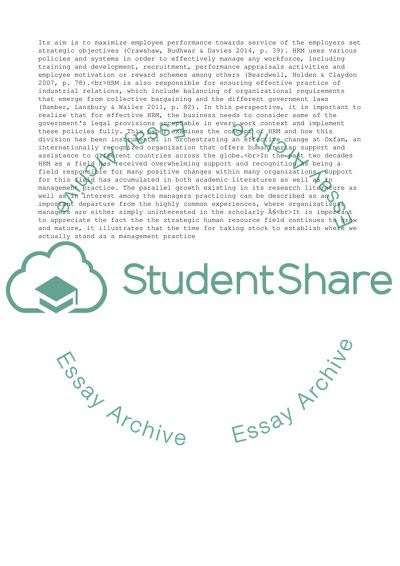Cite this document
(International human resource and organizational behavior Coursework - 1, n.d.)
International human resource and organizational behavior Coursework - 1. https://studentshare.org/human-resources/1864225-international-human-resource-and-organizational-behavior
International human resource and organizational behavior Coursework - 1. https://studentshare.org/human-resources/1864225-international-human-resource-and-organizational-behavior
(International Human Resource and Organizational Behavior Coursework - 1)
International Human Resource and Organizational Behavior Coursework - 1. https://studentshare.org/human-resources/1864225-international-human-resource-and-organizational-behavior.
International Human Resource and Organizational Behavior Coursework - 1. https://studentshare.org/human-resources/1864225-international-human-resource-and-organizational-behavior.
“International Human Resource and Organizational Behavior Coursework - 1”. https://studentshare.org/human-resources/1864225-international-human-resource-and-organizational-behavior.


